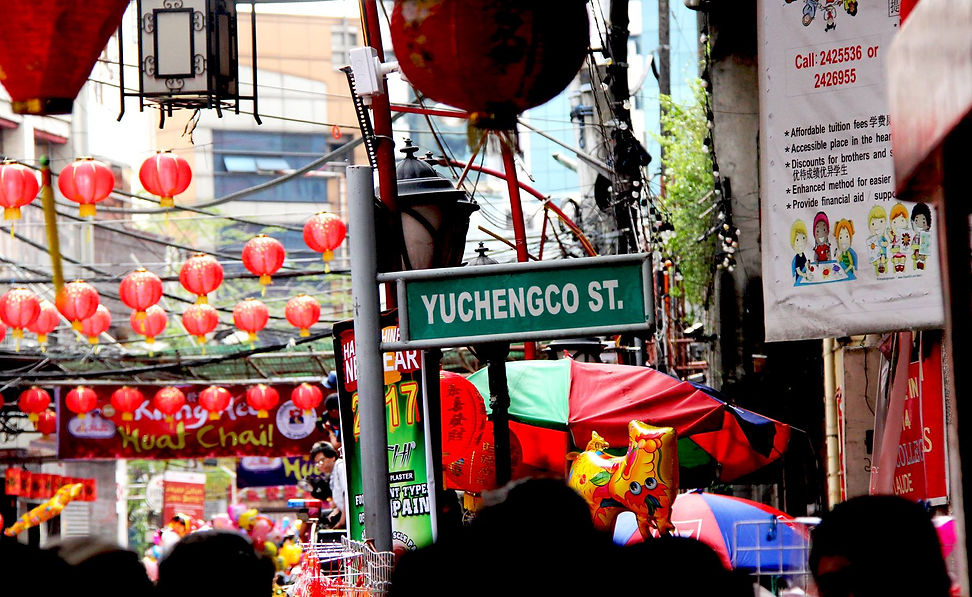This year, it falls on October 4 – when the moon will be at its most dazzling, according to popular Chinese belief.
The event is said to be the second most important festival in China after Chinese New Year as it translates to family reunion and harmony.
There are several ways to celebrate the festival. Here in the Philippines, the Chinese community ventures to mark the festivity through eating dinner with the family, and playing Pua Tiong Chiu or the “dice game.” Immediately after playing, it is of tradition to eat mooncakes that are sliced into wedges, while drinking hot tea.
The Chinese believed on serving harvest foods on the dinner table, such as crabs, pumpkins, pomelos, and grapes. Mooncakes, then, are the must-eat Mid-Autumn food in China. And not long after, it has been brought here in the Philippines.
The history of the Mid-Autumn Festival can be traced as far back 3,000 years ago. Accounts say that it was reaped from the practice of moon worship during the Shang Dynasty – believing it would bring a bountiful harvest. Although, it was first officially celebrated as a festival during the Northern Song Dynasty.
There are many myths of the Mooncake Festival’s history, but regardless of how it started, one thing is certain.
For the Chinese, the festival is an affirmation of how the moon is a symbol of sacredness, chastity, and nobility.
The annual festivity serves to remind us of the notable role of the Chinese people brought upon in our country's history, together with their priceless contribution towards our prosperous and wonderful culture.
For the moon
BY KATHLENE ANN GO

CAPITAL DISTRICT. Oldest Chinatown in the world Binondo celebrates the Chinese Mooncake Festival. Photo by KATHLEEN ANN GO
The Chinese Mid-Autumn Festival, or what most Filipinos know as “Mooncake Festival” is celebrated on the 15th day of the 8th month in the Lunar Calendar.


